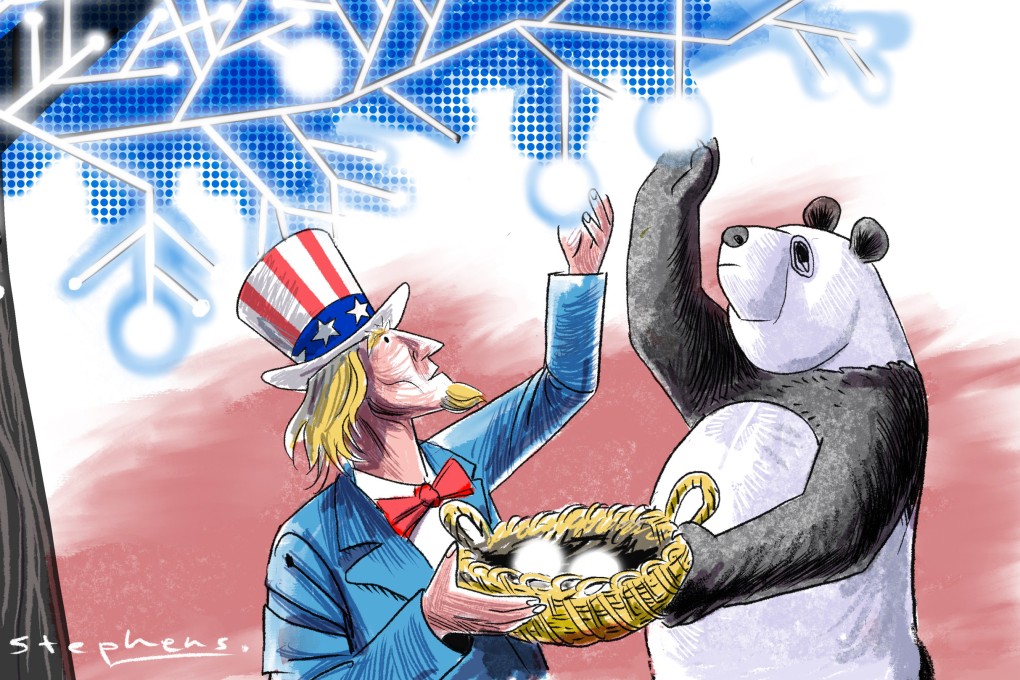Opinion | 3 low-hanging fruit for US-China cooperation on AI
- Common ground can be found on mitigating AI’s impact on jobs and societies, holding back military AI and avoiding unintended perverse consequences

The Chinese delegation was led by Yang Tao, director general of the foreign ministry’s North American and Oceanian affairs department, while the American side was helmed by Tarun Chhabra, the point man on technology at the National Security Council, and Seth Center, the acting special envoy for critical and emerging technology at the State Department.
The personnel choices are a sign that both sides recognise the possibility of spillover from AI and the geopolitical significance, and are committed to fielding policymakers and academic experts to take part in robust, candid closed-door talks.
Yet this view ignores the vast areas in which Beijing and Washington can still work together through government-to-government and people-to-people engagement.
.png?itok=bcjjKRme&v=1692256346)